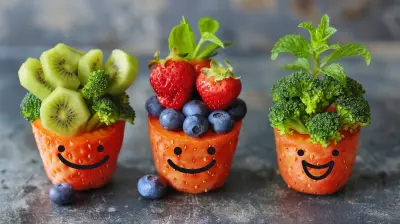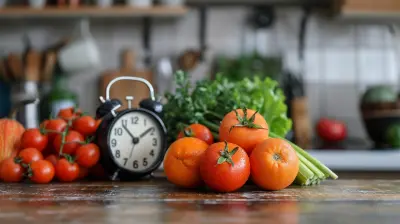Can Seed Cycling Restore Hormonal Balance? A Comprehensive Guide
11 October 2025
Hormones are like the internal DJs of our bodies—they’re constantly spinning the tracks behind the scenes to keep our moods good, our periods regular, and our energy high. But what happens when that rhythm is off-beat? If you're someone who's ever dealt with mood swings, irregular periods, or stubborn acne, you know just how frustrating hormonal imbalances can be.
Enter: Seed cycling.
Seed cycling has been making waves in the wellness world, especially among women looking for natural ways to support their hormones. But what exactly is it? Can seed cycling really restore hormonal balance, or is it just another health trend that’ll fade with time? Let’s dive into the nitty-gritty of this practice and see what the fuss is all about.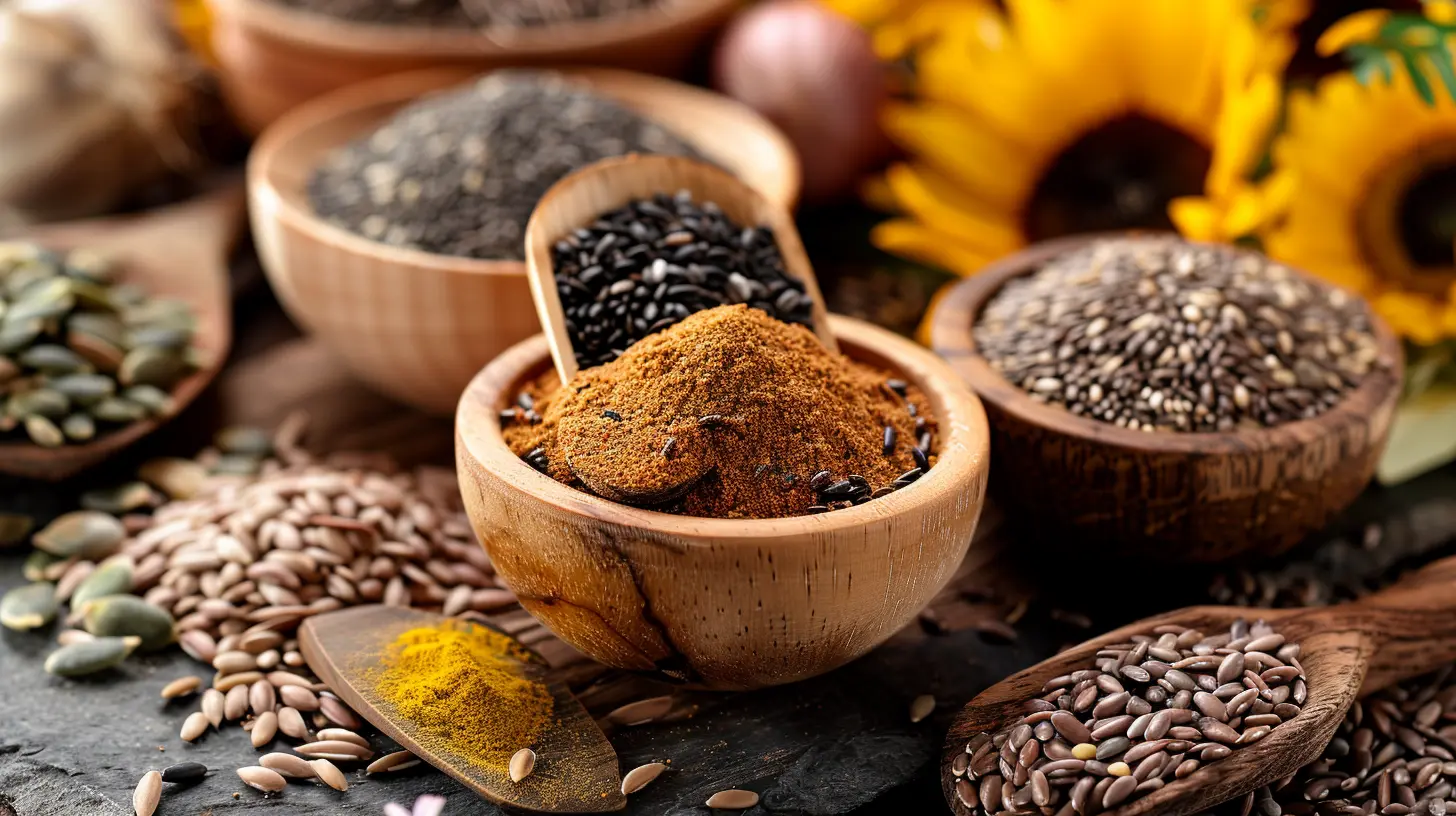
What Is Seed Cycling?
Alright, let’s break the ice—seed cycling is not some complicated science experiment. In fact, it's pretty simple. Seed cycling is a natural technique where you eat specific seeds at different phases of your menstrual cycle to help balance your hormones. The idea here is that certain seeds contain nutrients and compounds that gently nudge your hormones back into harmony without any synthetic medications or supplements.The practice typically involves flax, pumpkin, sunflower, and sesame seeds, consumed in two main phases of a woman's menstrual cycle. It’s gentle, holistic, and surprisingly easy to implement—no lab coat required!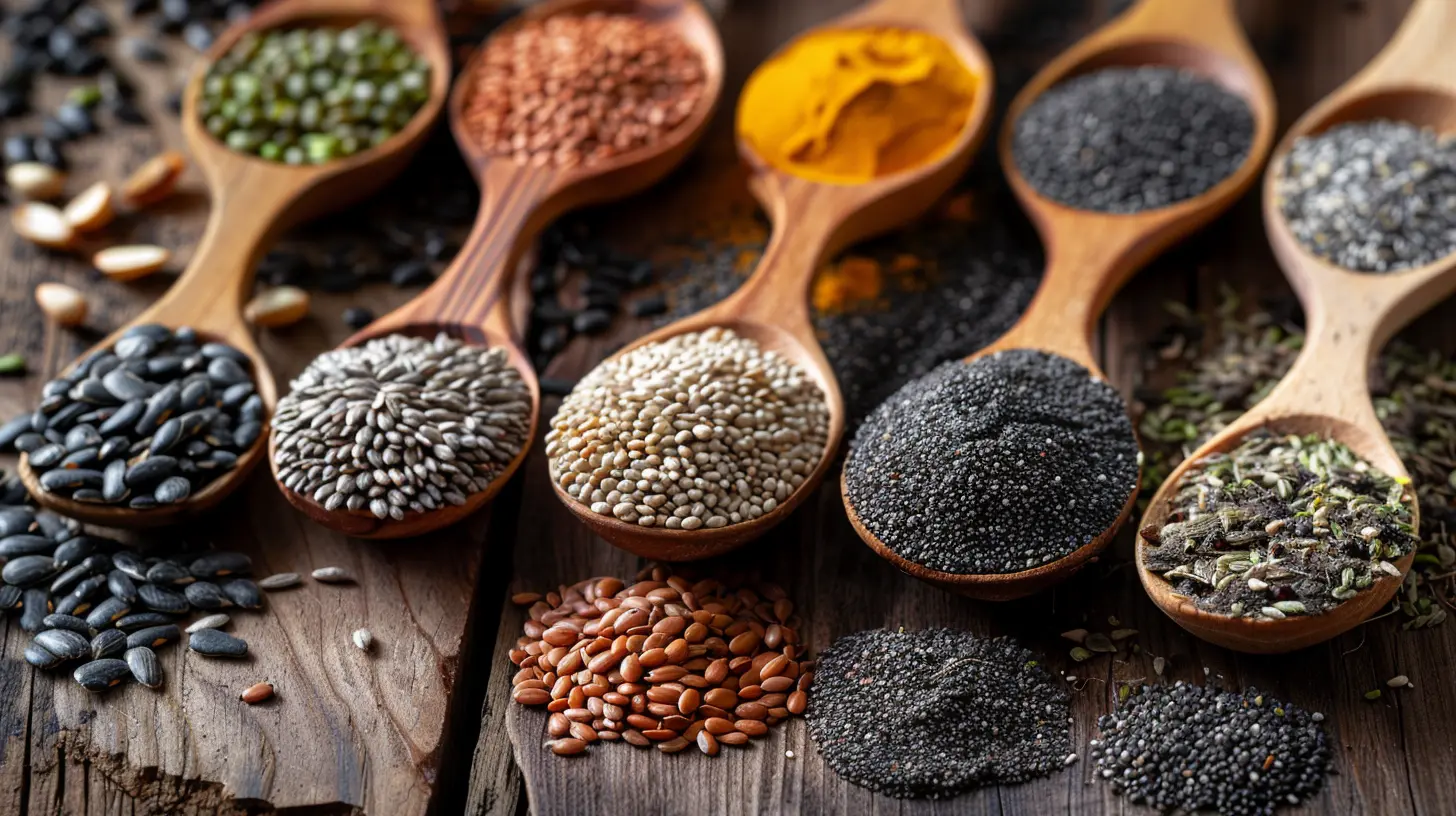
How Does It Work?
Now you might be wondering—how can common kitchen seeds possibly affect hormone levels? Good question.Let’s start with a quick and simple breakdown of the menstrual cycle:
- Follicular Phase (Day 1 to 14): Starts from the first day of your period and goes until ovulation.
- Luteal Phase (Day 15 to 28): Starts after ovulation and continues until the next period begins.
During these phases, your estrogen and progesterone levels rise and fall like a hormonal rollercoaster. Seed cycling aims to support your body by giving it the nutrients it needs at the right time.
Phase 1: Follicular Phase (Days 1–14)
- Seeds: Flax Seeds & Pumpkin Seeds- Why: Flax seeds contain lignans that help balance excess estrogen, while pumpkin seeds are rich in zinc, which supports progesterone production as you head into the ovulation phase.
Phase 2: Luteal Phase (Days 15–28)
- Seeds: Sunflower Seeds & Sesame Seeds- Why: Sunflower seeds provide selenium (a powerful antioxidant for the liver, which processes excess hormones), and sesame seeds offer lignans and essential fatty acids to help regulate estrogen and progesterone.
You typically consume 1 tablespoon of each seed daily during its corresponding phase. And yes, you can grind them up and toss them into smoothies, oatmeal, or yogurt—nothing fancy needed.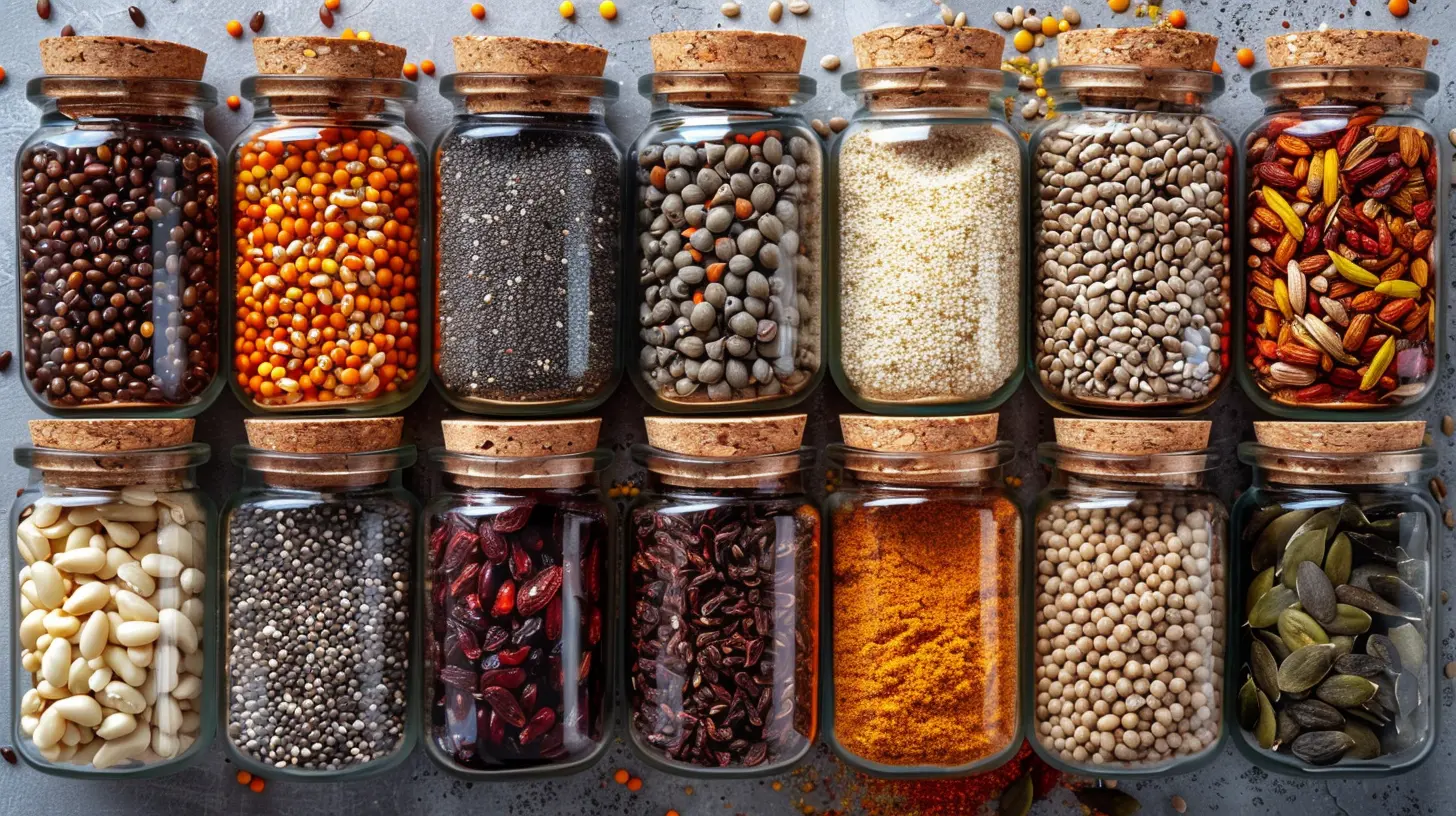
The Nutritional Breakdown: Why These Seeds?
These tiny seeds might look unassuming, but they pack a powerful punch when it comes to hormone support.Flax Seeds
- Rich in lignans: These are phytoestrogens that balance estrogen.- High in omega-3 fatty acids: Useful for reducing inflammation.
- Packed with fiber: Supports digestive health (which is essential since hormones are metabolized in the gut).
Pumpkin Seeds
- Zinc: A key mineral for progesterone production.- Magnesium: Helps curb PMS symptoms and soothes the nervous system.
Sesame Seeds
- Lignans: Similar to flax, they help modulate estrogen levels.- Calcium & other minerals: Important for bone health and hormone production.
Sunflower Seeds
- Selenium: Supports liver detox—the liver is where excess hormones are processed.- Vitamin E: A powerful antioxidant that supports a healthy menstrual cycle.
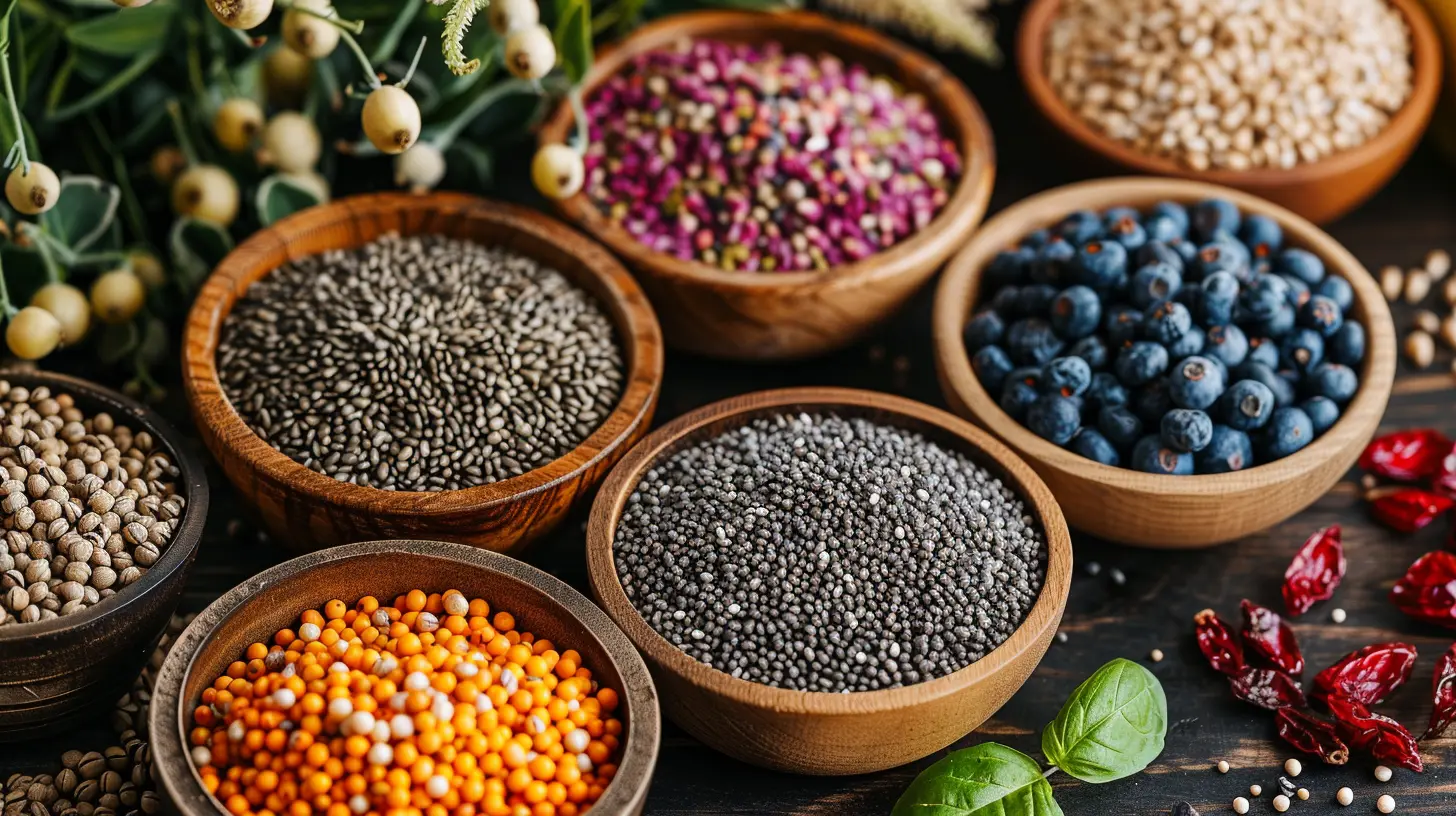
Seed Cycling for Hormonal Issues
While seed cycling isn’t a quick-fix or magic bullet, many people swear by it to help manage a variety of hormone-related issues. Let’s go over some of the most common ones:1. Irregular Periods
One of the key benefits seed cyclers rave about is its potential to regulate periods. The nutrients in these seeds can support estrogen and progesterone balance, two hormones that control the menstrual cycle.If your cycle is all over the place—too long, too short, or missing altogether—consistent seed cycling may help nudge things back on track.
2. PMS & Mood Swings
Ever feel like your mood flips like a light switch before your period? That’s hormonal imbalance at work. The anti-inflammatory and mineral-rich content of these seeds can help reduce PMS symptoms like irritability, bloating, and cravings.3. Acne
Hormonal acne is often linked to an excess of androgens or an imbalance in estrogen and progesterone. By supporting hormonal balance, seed cycling may help clear up skin over time. Again, don’t expect overnight miracles—but consistency pays off.4. PCOS & Hormonal Imbalances
Polycystic Ovary Syndrome (PCOS) is a complex hormonal condition that causes irregular cycles, cysts, and often issues with insulin resistance. Seed cycling is not a cure, but it can serve as a complementary tool to support hormone health, especially when combined with a balanced diet, exercise, and medical guidance.Does Science Back It Up?
Here's the thing—there’s not a ton of clinical research directly on seed cycling. It’s more of a practice rooted in functional nutrition and anecdotal evidence. That said, individual studies have looked at the hormonal effects of seeds on their own—and the results are promising.For example:
- Flax seeds have been shown to positively influence estrogen metabolism.
- Pumpkin seeds are known to support reproductive health due to their zinc content.
- Sesame seeds may help in reducing inflammation and balancing estrogen.
- Sunflower seeds support liver detoxification, which is key in hormone metabolism.
So, while the exact "cycling" method hasn’t been heavily researched, the ingredients themselves carry solid nutritional benefits that make the logic behind seed cycling pretty sound.
Is It for Everyone?
Seed cycling is generally safe and doesn’t require a prescription. But like anything health-related, what works wonders for one person might not for someone else. It tends to be most effective for women who are menstruating, although variations of the practice can be used during menopause or even post-birth control as a way to support hormonal realignment.If you’re pregnant, nursing, or have a hormone-sensitive condition, it’s always a good idea to check in with your healthcare provider first.
Tips to Make It Work for You
Let’s face it—adding four types of seeds to your diet twice a day can sound like a chore. But it doesn’t have to be. Here are some ways to make seed cycling painless (and maybe even fun):- Grind seeds for better nutrient absorption—your body will thank you.
- Prep ahead: Create small seed mixes and store them in jars for each phase.
- Mix into your meals: Add them to smoothies, yogurt, oatmeal, salads, or even homemade energy balls.
- Be patient: It can take 2–3 months of consistent cycling to notice changes.
And most importantly? Stay consistent. Hormonal changes don’t happen overnight—it’s more of a gentle nudge than a dramatic shift.
Real Talk: What Results Can You Expect?
Seed cycling is not a miracle cure, but think of it like tuning up a car. Over time, with consistent effort and the right kind of fuel, things start running more smoothly.Most people who benefit say they experience:
- More regular periods
- Fewer PMS symptoms
- Improved energy and mood
- Clearer skin
- Better sleep
But remember—hormonal health is like a puzzle. Seed cycling might be one piece of it, but don’t forget about other basics like sleep, stress, movement, and nutrition.
Seed Cycling for Men or Non-Menstruating Women?
Believe it or not, men and post-menopausal women can also benefit from seed cycling’s nutritional perks. While they don't need to follow the traditional phase-based rotation, alternating between different seeds every couple of weeks can still offer benefits like:- Improved digestion
- Reduced inflammation
- Better cholesterol levels
- Increased energy
So, no, the magic of seeds isn’t just for the ladies.
Final Thoughts: Is Seed Cycling Worth Trying?
Seed cycling is one of those wellness practices that’s easy to try, relatively inexpensive, and doesn’t come with a long list of side effects. While the science backing the cycling method specifically is still emerging, the nutritional value of these seeds is undeniable.If you’re struggling with hormonal ups and downs and you’re looking for a natural way to support your body, seed cycling might just become your new kitchen ritual. It's gentle, it's nourishing, and hey—it’s just seeds.
Give it a few months, pair it with other healthy habits, and listen to how your body responds. You’ve got nothing to lose—and a whole lot of hormone harmony to gain.
all images in this post were generated using AI tools
Category:
Hormonal BalanceAuthor:

Jackson Mahoney
Discussion
rate this article
1 comments
Kenneth Clayton
Great insights! Seed cycling could be a natural hormonal solution.
October 29, 2025 at 4:09 AM

Jackson Mahoney
Thank you! I'm glad you found the insights valuable. Seed cycling can indeed be a promising natural approach to support hormonal balance.

